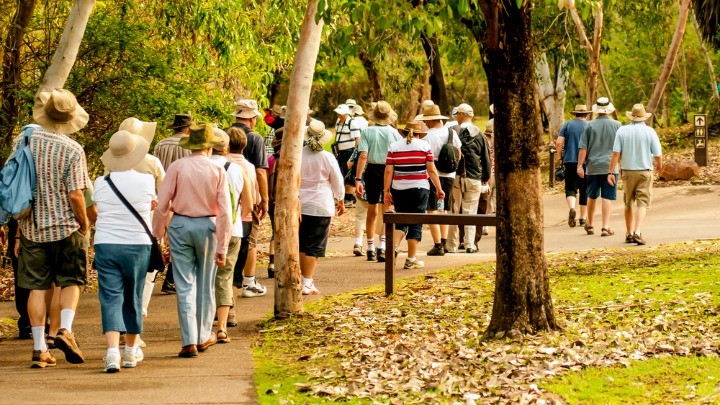The five classes of Australia – where do you fit in?

In Australia, we like to believe we are a class-less society – not one lacking in class, of course, but one that doesn’t relegate a person to a particular category based on their family history or wealth.
Despite this, new research shows we are “surprisingly willing to identify ourselves as members of one class or another” and has set out to identify the unique classes of our fair nation.
ANU academics, Dr Jill Sheppard and Dr Nicholas Biddle surveyed 1200 Australians not just on what they had (their economic position) but what they did with their money (their cultural habits) and who they spent time with (their social networks). Their parents’ “professional prestige” was also considered.
Their research identified five distinct classes is Australia, which are outlined below. Interestingly, this is less than have been found in a similar study in the UK, where seven classes emerged. This led the researchers to the conclusion that “class defines our society less than it does British society”.
Another interesting thing to note is that despite the emergence of five distinct groups, most of the participants identified as middle or working class, with only 2 per cent considering themselves “upper class”.
The five classes of Australia
- Established affluent class (14 per cent of the sample)
An older version of the emergent affluent group below, this group has typically high household incomes, large and diverse social networks, and above average educational qualifications. Both parents have worked in high prestige occupations. - Emergent affluent class (11 per cent)
Members of this group are more highly educated and have higher than average household income despite being the youngest average age and having few savings. - Mobile middle class (25 per cent)
Coming from middle-class families, this group has above-average educational qualifications. They report higher than average household income, property assets, and social capital. - Established middle class (25 per cent)
This group earns close to average household incomes and close to average social and cultural capital. They come from middle-class families and are most likely to follow their parents’ footsteps. - Established working class (25 per cent)
With the lowest household incomes and the lowest rates of social and cultural capital, this group has the highest average age.
So where do you fit in? Based on this research, the ABC has developed a quick survey that will put you in your place (so to speak!) Take the test here and tell us if you agree with the outcome.
Do you think Australia is a class-based society or are we truly the land of the “fair go”? Share your thoughts below.








 Proudly Australian owned and operated
Proudly Australian owned and operated